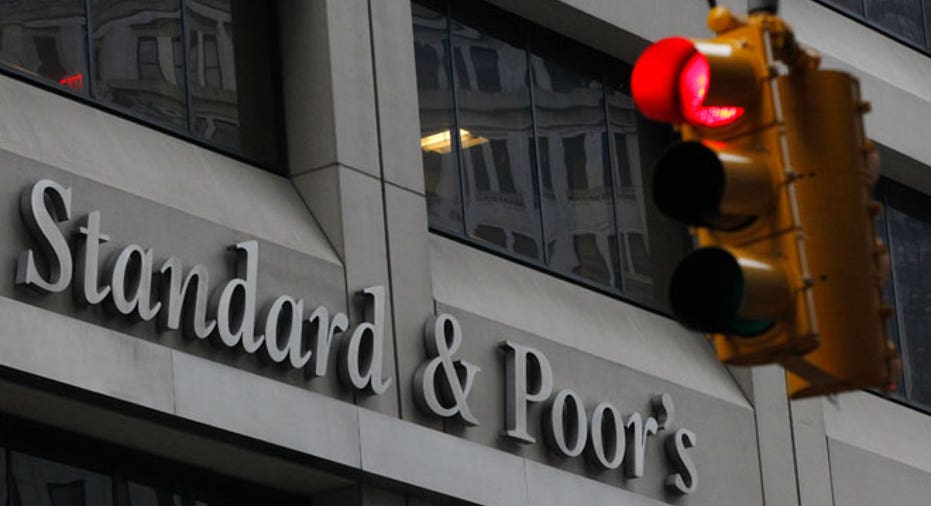Report: Standard & Poor's is Luring Banks With Lofty Mortgage Ratings (Again)

It’s only been a few years since ratings firms blessed complex mortgage securities that quickly turned toxic, but there are signs that at least some in the industry may have already forgotten the painful lessons of the crisis.
According to an analysis conducted for The New York Times by Commercial Mortgage Alert, Standard & Poor’s has been giving higher grades than its rivals on certain mortgage-backed securities.
S&P, which tripled its market share in the first half of 2013, has been moving to capture business by offering Wall Street underwriters higher ratings than other firms will offer, the Times reported, citing discussions with industry participants.
The report comes as S&P, a unit of McGraw-Hill Financial (NASDAQ:MHFI), is battling a lawsuit from the U.S., which has accused the firm of inflating pre-crisis ratings on securities that eventually cratered.
David Jacob, who ran the S&P division that scored mortgage-backed bonds until 2011, told the Times that even after the crisis he saw employees adjusting criteria in response to business pressure.
“It’s silly to say that the market share doesn’t matter,” Jacob told the paper. “This is not God’s holy work. It’s a business.”
“S&P has not lowered its standards to attract business,” the ratings firm said in a letter, adding that it “actually increased the amount of credit support” needed for an issuer to receive a AAA rating on commercial mortgage-backed securities in September 2012.
S&P also said that none of the bonds it has rated with a AAA rating since then have been assigned a lower rating by another firm. Based on the dollar value of the transactions, 97% of the CMBS S&P has rated since September were rated the same as or lower than other ratings firms, the company said.
S&P is hardly alone in facing a backlash as rivals Moody’s Investors Service, a unit of Moody’s Corp. (NYSE:MCO), and Fitch Ratings, have also been accused of inflating pre-crisis ratings on mortgage securities.
But the new analysis suggests that S&P may have been quicker to go back to its old ways than its peers, especially after releasing the new standards in September.
In each of the first five deals where it was chosen, S&P offered higher ratings than its competitors on at least a portion of the deals, the Times reported, citing data from Commercial Mortgage Alert. Likewise, on each of the five most recent deals S&P rated, it gave loftier ratings than other firms.
On the other hand, Moody’s has not given the highest ratings to any deal it has rated over the past two years, while Fitch has given higher ratings on just 8% of the bonds it has covered over the last year, the paper reported.
“S&P has made many changes since the financial crisis in order to strengthen its independence from issuers, monitor global credit risks and improve its methodologies,” S&P said.
Shares of New York-based McGraw-Hill Financial rose 1.21% on Thursday to $62.61. The stock rallied as high as $62.98 during intraday trading, representing their best level since July 2007. Moody’s jumped 1.68% to $68.91, leaving it up 37% on the year.



















